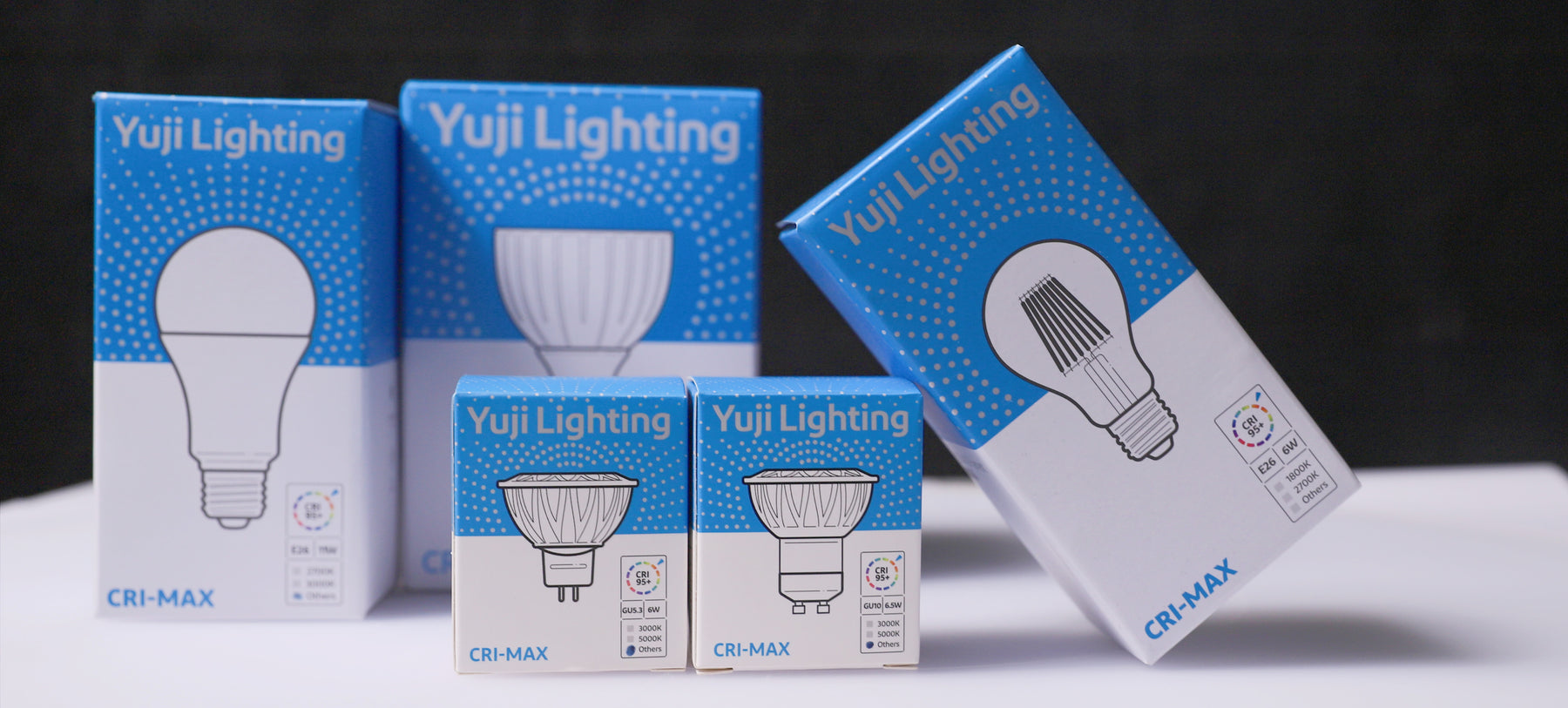B2B Site

How do I Read the LED Light Bulb Label?
LED light bulbs are becoming increasingly popular due to their energy efficiency, long lifespan, and durability. However, with so many different types of LED bulbs available on the market, it can be challenging to know which one to choose. One of the essential things to consider when purchasing an LED light bulb is the label on the package box. This label contains vital information that can help you determine whether the LED bulb is the right one for your needs. In this blog, we will discuss how to read the LED light bulb label on a package box.





-
The Type of LED Bulb

-
The Bulb Shape and Size
-
The Wattage

-
The Lumens

-
The Color Temperature
-
The CRI
-
The Life Span

Leave a comment